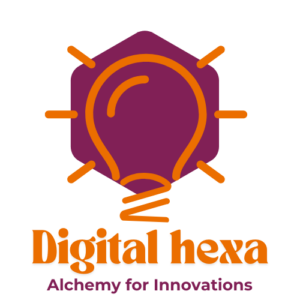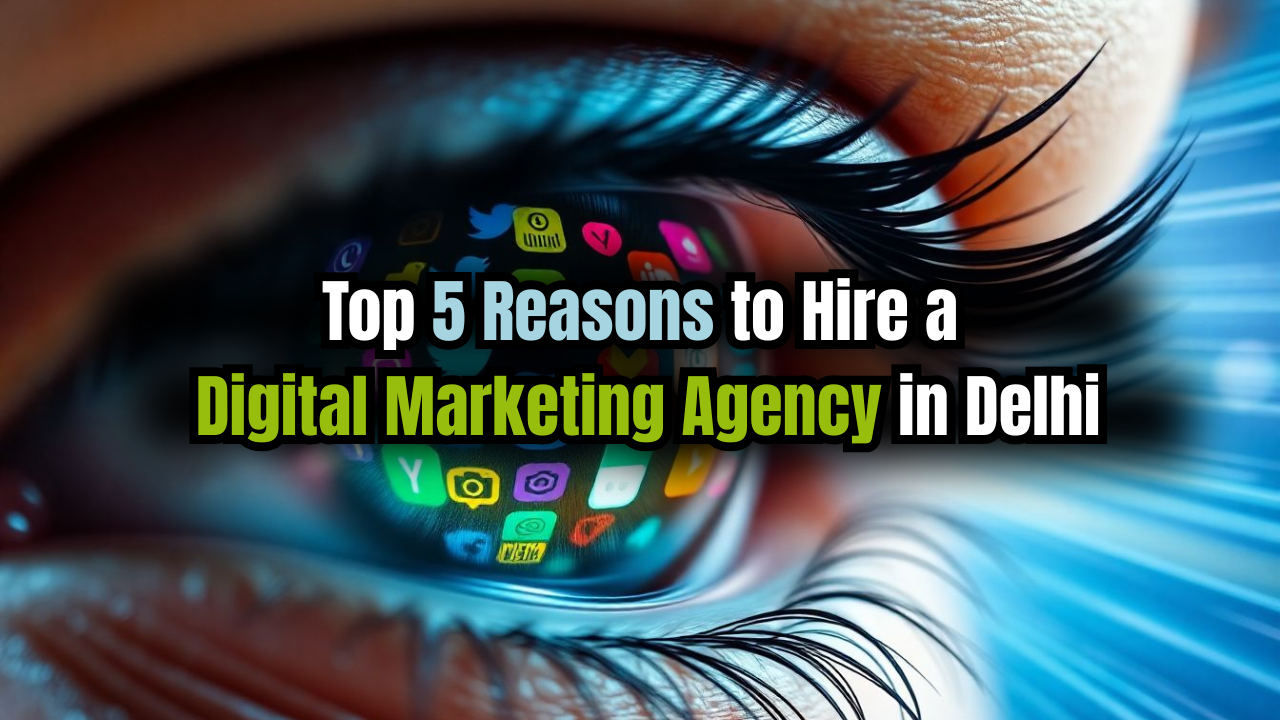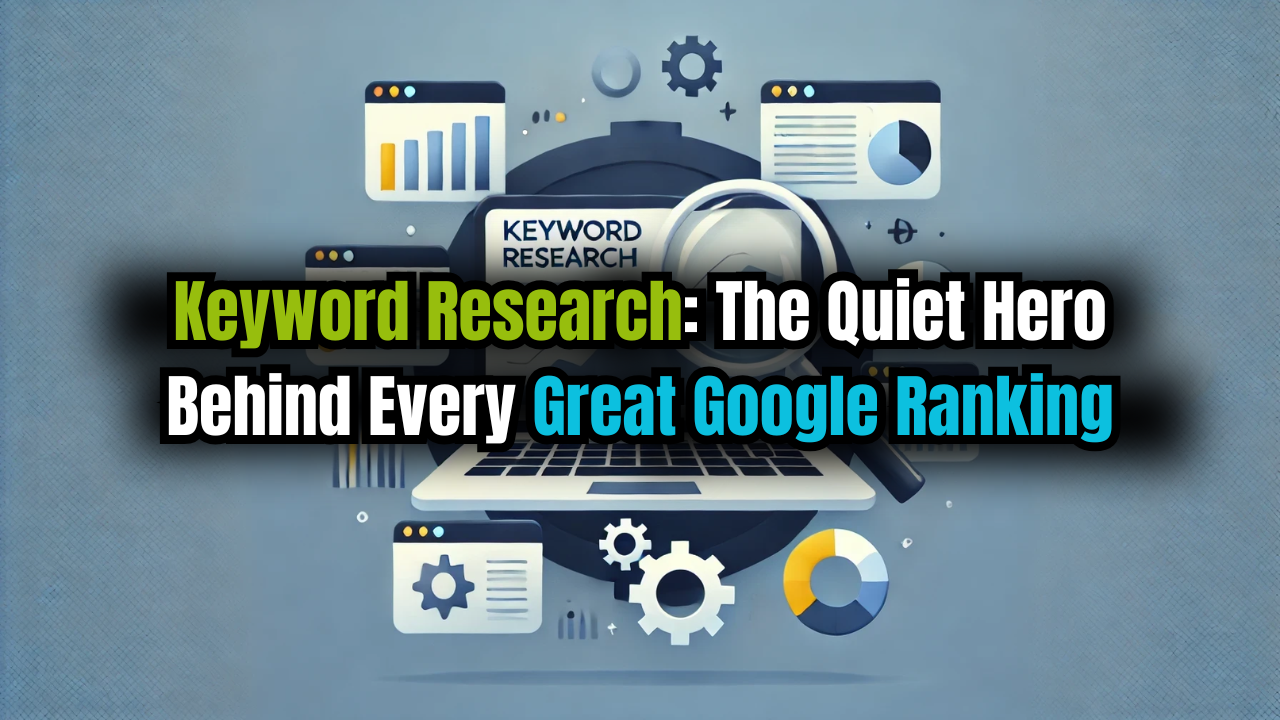
In the fast-evolving world of digital marketing, staying ahead isn’t just an advantage – it’s a necessity. As we step into 2025, the noise online is louder than ever, and grabbing your audience’s attention requires more than just sporadic posts or generic articles. It demands precision, purpose, and a powerful roadmap. The biggest challenge many businesses face? A lack of consistent, well-thought-out content that truly resonates and converts.
Imagine publishing content that hits the mark every single time, drives organic traffic, and consistently converts leads into loyal customers. This isn’t a pipe dream; it’s the direct result of a meticulously crafted content plan. Without one, you’re essentially navigating a vast ocean without a compass – you might drift, but you’ll rarely reach your desired destination.
This guide is your compass for 2025. We’re not just offering you insights; we’re providing a free, adaptable content plan template designed to transform your digital presence. From understanding your audience to mastering content distribution, we’ll walk you through every step. And for businesses in India, particularly those seeking a leading edge in the local market, remember that expert guidance from a top-tier digital marketing agency in Delhi like Digital Hexa, located in Naraina, can make all the difference.
Why a Robust Content Plan is Your 2025 Non-Negotiable
Many mistakenly view content creation as a standalone task – write a blog, post on social media, repeat. However, truly effective content marketing is deeply integrated with your overall business objectives. A well-defined content plan acts as the blueprint for this integration, ensuring every piece of content serves a strategic purpose.
Beyond Just Posting: The Core Benefits
Having a documented content plan brings a multitude of advantages:
Consistency and Brand Voice: A plan ensures a steady stream of content, maintaining brand visibility and a consistent brand message across all platforms. This builds trust and recognition with your audience.
Efficiency and Resource Allocation: Knowing what content to create, when, and for whom, allows for better allocation of time, budget, and creative resources. No more last-minute scrambling or wasted effort on irrelevant topics.
Targeted Audience Engagement: A strategic content plan is built around your audience’s needs and interests, ensuring you deliver valuable content that genuinely engages them at every stage of their journey.
Improved SEO and Visibility: With a clear content roadmap, you can strategically integrate target keywords, build topical authority, and improve your search engine rankings, leading to increased organic traffic.
Measurable Results and ROI: A plan allows you to track performance metrics against predefined goals, providing insights into what works and enabling data-driven adjustments to maximize your return on investment. You can clearly see how your content is contributing to lead generation, sales, and brand awareness.
The Difference Between Strategy and a Content Plan
It’s crucial to distinguish between a content strategy and a content plan. Your content strategy is the overarching “why” and “what goals” – your long-term vision for content. It defines your audience, brand messaging, unique selling proposition, and how content supports your business objectives.
On the other hand, a content plan is the tactical “how,” “when,” and “where.” It’s the actionable document that outlines the specific content pieces you’ll create, their formats, distribution channels, publishing schedule, and who is responsible for each task. Think of the strategy as the architectural design for a building, and the content plan as the detailed construction schedule and blueprints. Both are indispensable for a successful build.
Decoding the 2025 Marketing Funnel with Your Content Plan
Effective content doesn’t treat all audiences the same way. People at different stages of their buying journey require different types of information. This is where the marketing funnel (Awareness, Consideration, Conversion) becomes central to your content plan.
Top of Funnel (TOFU): Building Awareness & Reach
At the Top of the Funnel, your audience is just beginning to recognize a need or problem. They’re seeking general information and aren’t ready to buy. Your TOFU content aims to attract a broad audience and introduce them to your brand or the problem your product/service solves.
Content Types: Educational blog posts (e.g., “5 Common Digital Marketing Mistakes”), informative social media posts, engaging infographics, short explainer videos, downloadable guides on general topics, and non-branded content that answers common questions.
Keywords: Broad, high-volume informational keywords (e.g., “how to improve online presence,” “types of digital marketing”). Initial keyword research is paramount here to identify popular search terms your target audience uses.
Goal: Attract new audiences, increase brand visibility, drive website traffic.
Middle of Funnel (MOFU): Nurturing Consideration & Engagement
In the Middle of the Funnel, your audience understands their problem and is actively researching solutions. They are comparing options and looking for in-depth information that helps them make an informed decision.
Content Types: How-to guides (e.g., “Step-by-Step Guide to Creating a Content Plan”), comparison articles (e.g., “SEO vs. PPC: Which is Right for You?”), in-depth case studies demonstrating success, webinars, email series that offer valuable insights, and expert interviews.
Keywords: More specific, problem-solution oriented keywords (e.g., “best SEO tools for small business,” “benefits of a content marketing strategy”).
Goal: Educate potential leads, build trust and authority, demonstrate your expertise as a solution provider.
Bottom of Funnel (BOFU): Driving Conversion & Action
At the Bottom of the Funnel, your audience is ready to make a purchase decision. They’ve evaluated their options and are looking for reasons to choose your specific product or service.
Content Types: Product or service demos, free trial offers, consultation opportunities, customer testimonials and reviews, detailed pricing pages, “why choose us” content, and sales/promotional offers.
Keywords: Highly specific, transactional, brand-focused keywords (e.g., “Digital Hexa SEO services,” “buy content plan template,” “best marketing agency in Delhi reviews”).
Goal: Convert leads into paying customers, drive sales.
Your Free 2025 Content Plan Template: A Step-by-Step Adaptation Guide
Now, let’s get practical. Our free content plan template provides a structured framework, but its true power lies in how you adapt it to your unique business needs for 2025.
Step 1: Define Your Goals & Audience (Crucial for a successful Content Plan)
Before you fill a single cell in your template, clarify your objectives. What do you want your content to achieve in 2025? Use the SMART framework (Specific, Measurable, Achievable, Relevant, Time-bound). Examples:
Increase organic traffic by 25% by Q4 2025.
Generate 50 new qualified leads per month through content.
Boost brand awareness among Gen Z by 30% within six months.
Simultaneously, develop detailed buyer personas. Who are you trying to reach? What are their demographics, pain points, aspirations, and preferred content consumption channels? Understanding your audience is the bedrock of any successful content plan.
Step 2: Master Keyword Research for Impactful Content
This is where the rubber meets the road for SEO. Effective keyword research uncovers the exact terms your audience uses when searching for information or solutions related to your business.
Tools and Techniques: Utilize tools like Google Keyword Planner, Semrush, Ahrefs, or even Google’s “People Also Ask” section.
Identifying Keyword Types: Look for primary keywords (like “Content Plan” itself), long-tail keywords (more specific phrases, e.g., “free content plan template for small businesses 2025”), and LSI (Latent Semantic Indexing) or semantic keywords (related terms that provide context, e.g., “content strategy,” “editorial calendar,” “digital marketing tactics”).
Connecting Keywords to Funnel Stages: Map your discovered keywords to the TOFU, MOFU, and BOFU stages. Informational keywords often align with TOFU, while commercial keywords lean towards BOFU. This ensures your content answers the right questions at the right time.
Step 3: Map Content Ideas to Your Marketing Funnel
With goals and keywords in hand, start populating your content plan template. Each row represents a piece of content.
Brainstorm Diverse Content Types: Don’t limit yourself to just blog posts. Think about videos (YouTube Shorts, Reels), infographics, podcasts, email newsletters, case studies, whitepapers, interactive quizzes, live Q&A sessions, and more.
Align Content with TOFU, MOFU, BOFU: For each content idea, clearly mark which funnel stage it targets. This ensures a balanced content pipeline that addresses your audience at every point.
Using the Template’s Columns: Your template should include columns for:
Content Title/Topic: The working title or main subject.
Primary Keyword: The main keyword you’re optimizing for.
Secondary Keywords/LSI: Supporting keywords.
Content Type: Blog post, video, infographic, etc.
Funnel Stage: TOFU, MOFU, or BOFU.
Audience Persona: Which persona is this content for?
Goal: What do you want this content to achieve? (e.g., increase traffic, generate leads, get sign-ups)
Call to Action (CTA): What should the user do next?
Distribution Channels: Where will you promote it? (e.g., organic search, social media, email, paid ads)
Status: Draft, In Review, Published, Promoted.
Publishing Date: When is it scheduled to go live?
Responsible Team Member: Who is creating/managing it?
Notes: Any additional details, resources, or internal links.
Step 4: Craft a Realistic Publishing Schedule & Distribution Plan
Consistency is more important than quantity. A realistic schedule prevents burnout and ensures steady progress.
Set Attainable Frequencies: Determine how often you can genuinely publish high-quality content across your chosen channels.
Multi-Channel Approach: Don’t just publish and forget. Plan how each piece of content will be repurposed and distributed across various platforms – your blog, social media (LinkedIn, Instagram, Facebook), email newsletters, guest posts, etc.
Leverage Repurposing: A single long-form blog post can be broken down into multiple social media snippets, a short video script, an infographic, or a series of email tips. This maximizes the reach and longevity of your content.
Step 5: Implement, Measure, & Optimize Your Content Plan
Your content plan is a living document. Once content goes live, the work isn’t over.
Analytics and KPIs: Regularly monitor key performance indicators (KPIs) relevant to your goals: website traffic, bounce rate, time on page, social shares, lead conversions, backlinks, and keyword rankings. Tools like Google Analytics and Google Search Console are indispensable here.
A/B Testing and Refinement: Test different headlines, CTAs, and content formats to see what resonates most with your audience. Use the data to refine your strategy and optimize future content.
Regular Reviews: Schedule monthly or quarterly reviews of your content plan. What’s working? What isn’t? What new trends or keywords should you incorporate for 2025?
Elevate Your Content Strategy with Expert Help
While our free content plan template provides a solid foundation, some businesses may find the complexities of comprehensive keyword research, competitive analysis, and consistent content production overwhelming. This is particularly true for local businesses aiming to dominate their market.
This is where the expertise of a professional digital marketing agency in Delhi can be invaluable. A top-tier agency doesn’t just provide a template; they offer tailored solutions, deep market insights, and the resources to execute your vision flawlessly.
Consider partnering with Digital Hexa, a leading best marketing agency in Delhi located in Naraina. Our team of seasoned SEO content strategists and writers specializes in:
In-depth keyword research to uncover high-opportunity terms.
Crafting compelling, SEO-optimized content that ranks and converts.
Developing comprehensive content plans aligned with your specific business goals.
Implementing local SEO strategies to ensure your business stands out in the Delhi market.
Providing ongoing analysis and optimization to ensure sustained growth.
Whether you’re a startup looking to establish your online footprint or an established business aiming for exponential growth in 2025, Digital Hexa is equipped to be your strategic partner.
Ready to Transform Your Digital Presence in 2025?
A strategic content plan is no longer a luxury; it’s the bedrock of sustainable digital growth. It empowers you to cut through the noise, connect authentically with your audience, and achieve your marketing objectives with unparalleled efficiency. By utilizing our free content plan template and adapting it with the insights shared, you’re setting yourself up for a truly impactful 2025.
Don’t let another year pass with hit-or-miss content. Download your free content plan template now and take the first definitive step towards a more strategic, successful, and profitable digital future. If you find yourself needing an expert hand to navigate the intricate world of content strategy and SEO, remember that Digital Hexa in Naraina, Delhi, is here to help you not just plan, but truly dominate your digital landscape.






